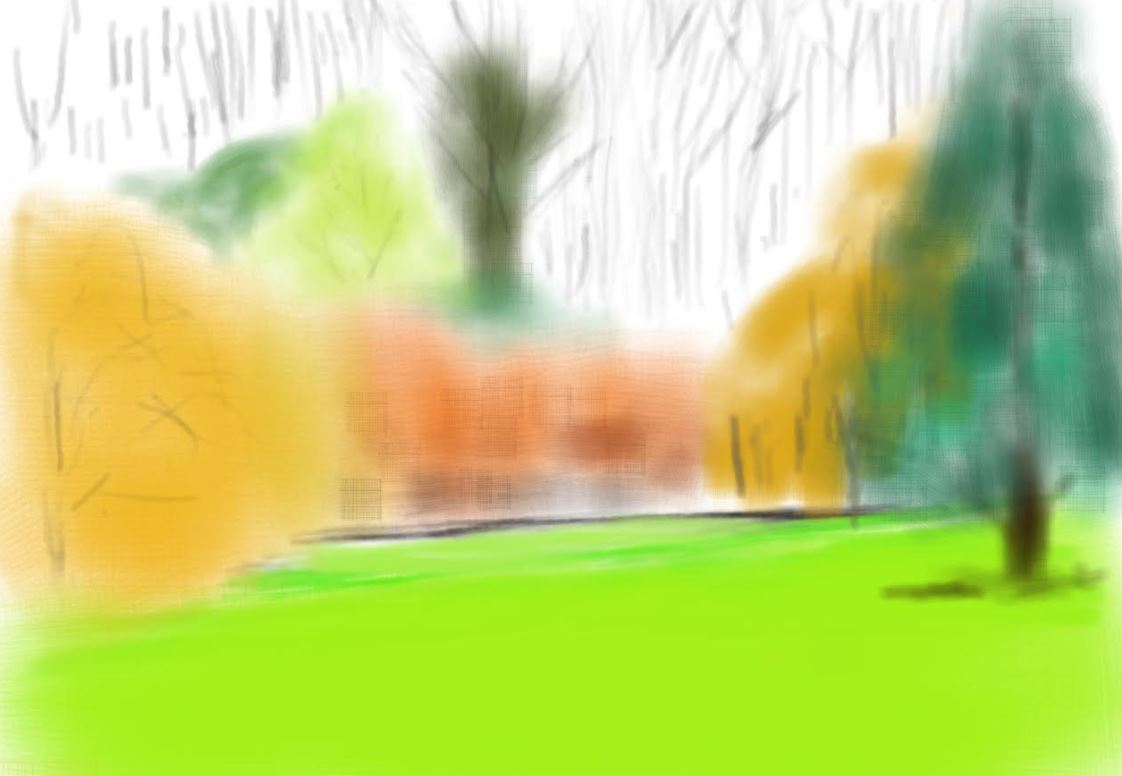After 2 weeks the grass had grown but the main thing that struck me was the ragwort in the paddock. It had more or less taken over the eastern end which was a mass of yellow. The daisy-like, yellow flower heads of Common Ragwort belie the poisonous nature of this plant. Renowned as a weed of paddocks and pastures, where it can be harmful to livestock particularly horses. Ragwort is a biennial, flowering in its second year from June to November. I wondered whether its flourishing this year was because I had mown the paddock earlier this year and it had more space to grow. The upside is that the plant is one of the most frequently visited flowers by butterflies and other insects in the UK and more than 200 species of invertebrate have been recorded on it. Ragwort is the foodplant of the black-and-red Cinnabar moth: sometimes its black-and yellow-barred caterpillars cover the plant, totally stripping the leaves.
|
July 8 – arriving home from a two week holiday I noticed the Canada Geese were still here but as I approached them they all flew a few feet into the air. I remembered last year that the morning after I had seen them fly for the first time, they were gone. I wondered whether I should walk back to the house and get my camera but couldn’t be bothered and sure enough the following morning they were not to be seen. I was disappointed – they had been a part of our everyday life for the last 4 months. I was left wondering whether they waited for us to come home before flying away? After 2 weeks the grass had grown but the main thing that struck me was the ragwort in the paddock. It had more or less taken over the eastern end which was a mass of yellow. The daisy-like, yellow flower heads of Common Ragwort belie the poisonous nature of this plant. Renowned as a weed of paddocks and pastures, where it can be harmful to livestock particularly horses. Ragwort is a biennial, flowering in its second year from June to November. I wondered whether its flourishing this year was because I had mown the paddock earlier this year and it had more space to grow. The upside is that the plant is one of the most frequently visited flowers by butterflies and other insects in the UK and more than 200 species of invertebrate have been recorded on it. Ragwort is the foodplant of the black-and-red Cinnabar moth: sometimes its black-and yellow-barred caterpillars cover the plant, totally stripping the leaves.
0 Comments
Leave a Reply. |
PATHWAYS DIARY
In March 2023 I began an experiential inquiry called Pathways to a Sustainable Future and many of my posts between March-September were written for this project. Diary Starts Here Garden Notes
|

 RSS Feed
RSS Feed